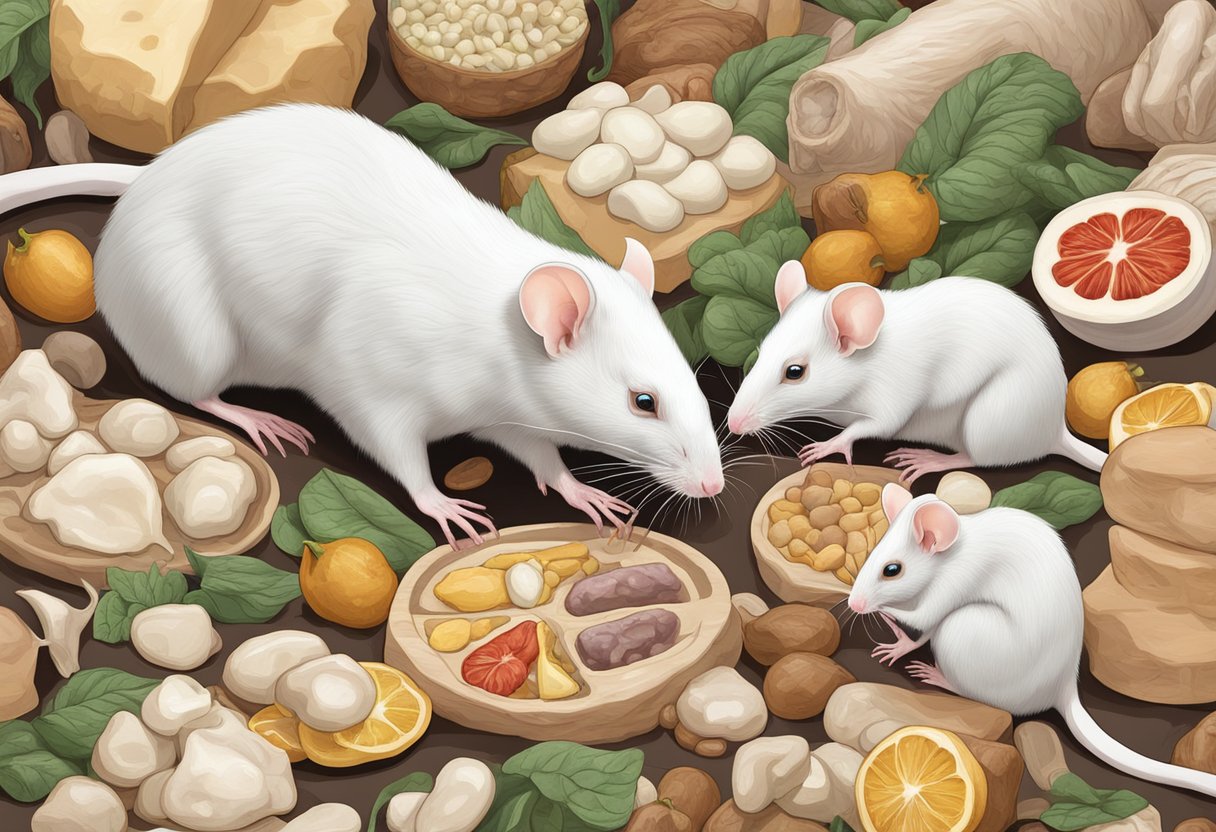The use of food additives, specifically azo dyes, has raised significant concerns regarding their effects on liver health. In recent studies, Swiss Albino Rats have been subjected to various concentrations of azo dyes such as tartrazine, metanil yellow, and sunset yellow to test for hepatotoxicity. The key finding shows that these dyes can induce significant liver damage in the test subjects, prompting further examination of their safety in human consumption.
Swiss Albino Rats were divided into groups and administered different doses of these dyes over a period of 30 days. The results indicated that higher concentrations correlated with increased liver toxicity, highlighting a pressing need to reassess the safety levels of these commonly used food colorings. The focus of the research was on evaluating hepatotoxicity, which involves severe damage to liver cells, potentially leading to long-term health issues.
This article will discuss the mechanisms by which these food colorings induce liver damage, the experimental findings from the study, and what these results mean for human health. We will dive into how these dyes interact with liver cells and the possible risks associated with their continued use in food products.
Key Takeaways
- Azo dyes can cause liver damage in Swiss Albino Rats.
- Higher doses of food colorings increase the risk of hepatotoxicity.
- The safety of these dyes in human food products needs reevaluation.
Mechanisms of Hepatotoxicity

Understanding the mechanisms behind hepatotoxicity involves exploring biochemical pathways, the role of azo dyes in oxidative stress, and inflammatory responses leading to tissue damage.
Biochemical Pathways of Liver Toxicity
Liver toxicity often starts at the cellular level. Azo dyes such as tartrazine, metanil yellow, and sunset yellow can disturb metabolic pathways. These disturbances result in the generation of reactive oxygen species (ROS).
When the liver cells, or hepatocytes, are overwhelmed by ROS, oxidative stress occurs. Oxidative stress affects the lipid peroxidation process, damaging cell membranes.
This damage to cellular structures leads to the release and elevation of biochemical parameters in the blood, marking hepatic injury. Enzymes like ALT and AST are common markers, providing clues about the extent of liver damage.
Role of Azo Dyes in Oxidative Stress
Azo dyes are chemical compounds widely used in food products. In the liver, these dyes undergo metabolic conversion, resulting in the production of free radicals. This process marks the initiation of oxidative stress.
Oxidative stress occurs when the balance between antioxidants and reactive oxygen species (ROS) is disturbed. In this state, ROS levels rise, and the liver’s antioxidant defense system struggles to maintain equilibrium.
This imbalance leads to lipid peroxidation, where cell membrane lipids are oxidatively degraded. In severe cases, necrosis of hepatocytes may occur, leading to significant liver tissue damage.
Inflammatory Responses and Tissue Damage
The liver has a robust inflammatory response to cope with toxic substances. When exposed to azo dyes, the liver signals immune cells to the site of damage. This is the body’s attempt to contain and repair affected areas.
Inflammation results in oxidative stress and recruits various immune mediators. These mediators induce the release of cytokines and other inflammatory agents, leading to further tissue damage.
Inflammatory responses can result in fibrosis and even cirrhosis if the liver is continuously exposed to toxins. The chronic state of inflammation disrupts normal liver function, manifesting in elevated liver biochemical parameters and visible clinical symptoms.
Experimental Findings and Analysis
The study examines the effects of various food dyes on the liver health of Swiss Albino Rats. Key areas of focus include changes in hepatic biomarkers, histopathological changes, and statistical analysis of toxicity data.
Evaluation of Hepatic Biomarkers
In this study, hepatic biomarkers such as serum total protein, serum albumin, and hepatic malondialdehyde levels were evaluated. Male Albino Rats were administered with blends of sunset yellow, metanil yellow, and tartrazine.
Elevated levels of malondialdehyde indicated increased lipid peroxidation, suggesting oxidative stress. Additionally, significant reductions in serum total protein and albumin were noted, revealing impaired liver function.
Antioxidant enzymes such as superoxide dismutase (SOD) and glutathione peroxidase (GPx) were also assessed. A marked decrease in their activity suggested a weakened antioxidant defense system in treated rats.
Histopathological Examination
Histopathological examination of liver homogenates from both treated and control groups was conducted. In the treated groups, liver sections revealed necrosis, hepatocyte vacuolation, and inflammatory cellular infiltration.
Some liver samples showed cytoplasmic degeneration, reinforcing the hepatotoxic impact of these dyes. Control group samples displayed normal liver histology, indicating no signs of injury.
The extent of liver damage was directly proportional to the dosage of food dyes administered. The higher the dose, the more severe the histological changes. This supports the toxic potential of these additives.
Statistical Analysis of Toxicity Data
The toxicity data was analyzed statistically to validate the findings. Tools such as ANOVA (Analysis of Variance) were employed to compare biomarkers and histopathological scores between the control and treated groups.
Body weight changes were also recorded and analyzed. Rats exposed to higher doses of the dyes demonstrated significant weight loss, correlating with their declining health status.
Results were presented in tables and graphs to illustrate the differences clearly. Statistical significance was assigned to p-values <0.05, ensuring the robustness of the conclusions drawn from the experiments.
This detailed evaluation of hepatic biomarkers, liver tissue histopathology, and statistical analysis underscores the hepatotoxic risk posed by tartrazine, metanil yellow, and sunset yellow, particularly at higher doses.